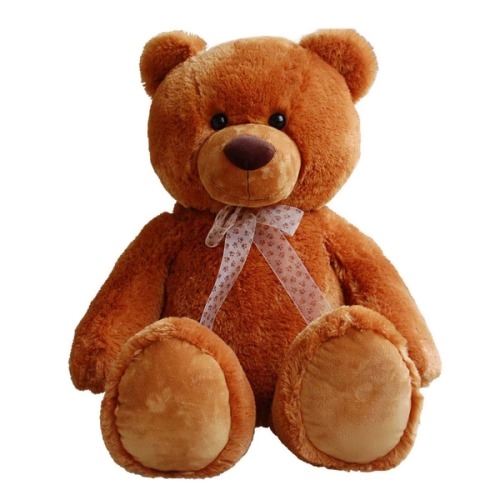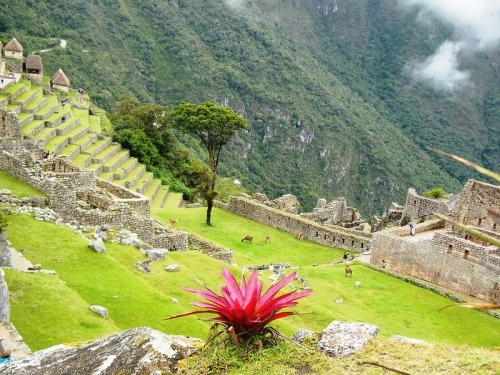History of money
The word money comes from the name of the Roman goddess Moneta in whose temple silver coins were made.
One of the earliest forms of money was metal, such as gold or silver. In North America, Native Americans used beads made of shell, called wampum, as a form of money.
People invented money to avoid barter. The value of paper money and coins comes from an agreement between all people.
People have used money for more than 4,000 years. In the 600s BC the kingdom of Lydia in what is now Turkey began to make coins.
The first types of paper money were used in China more than 1,000 years ago.
More »






